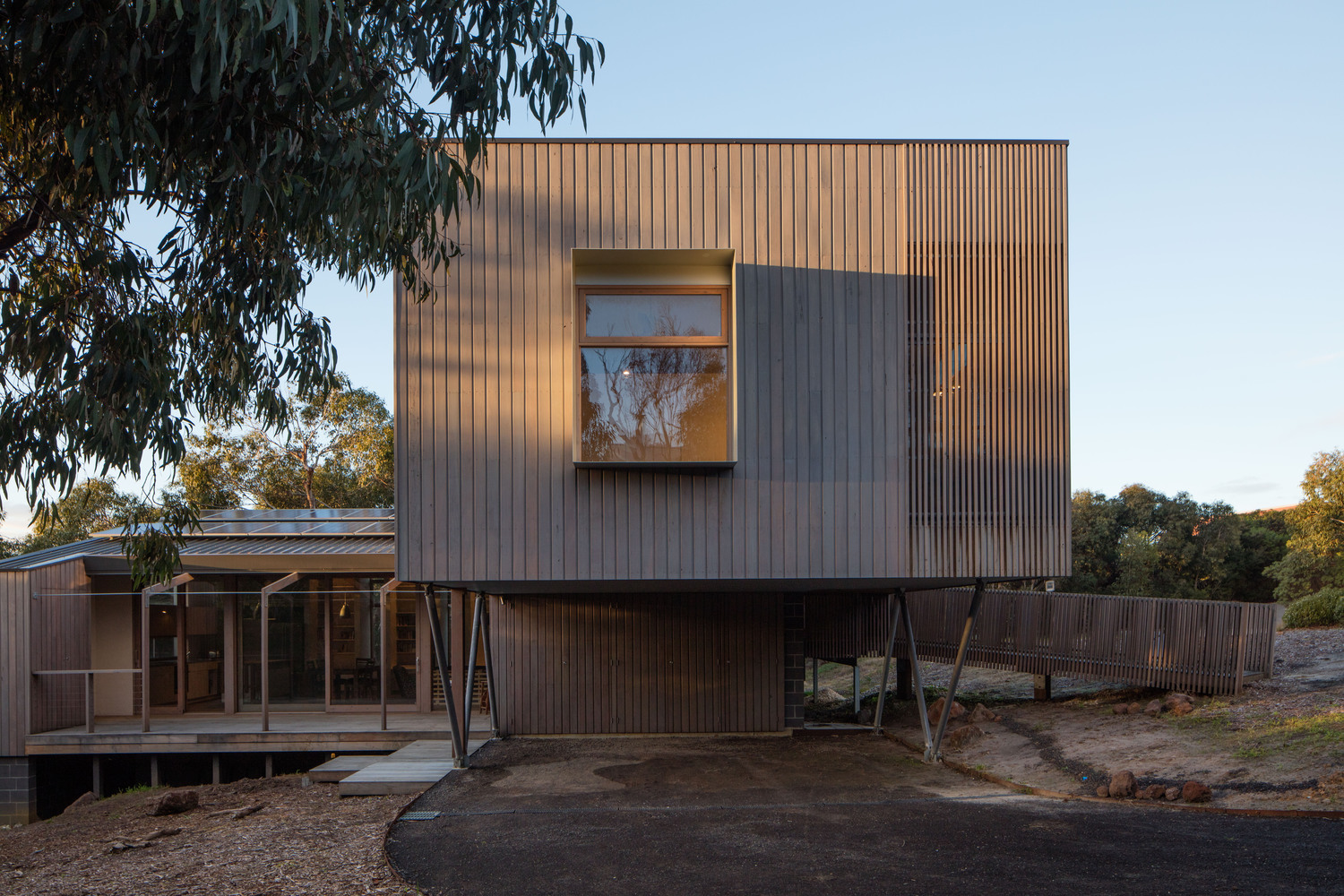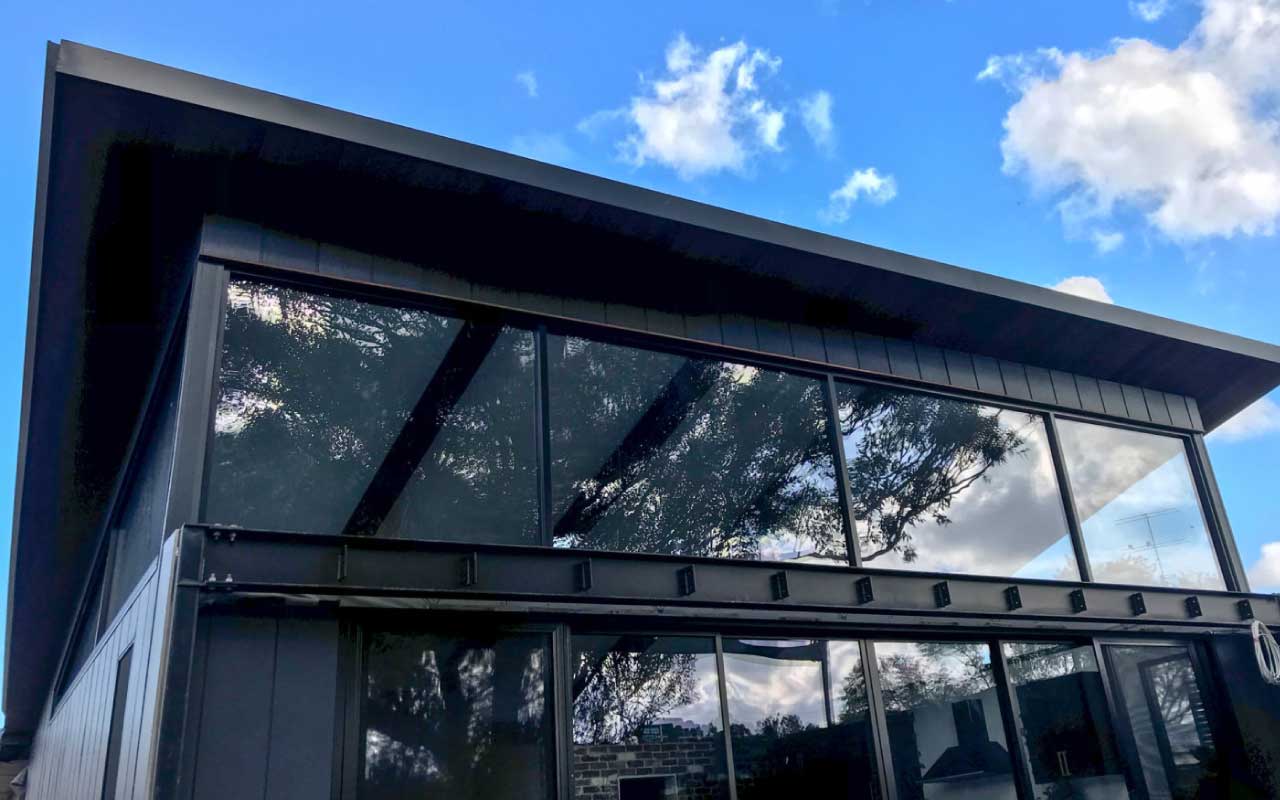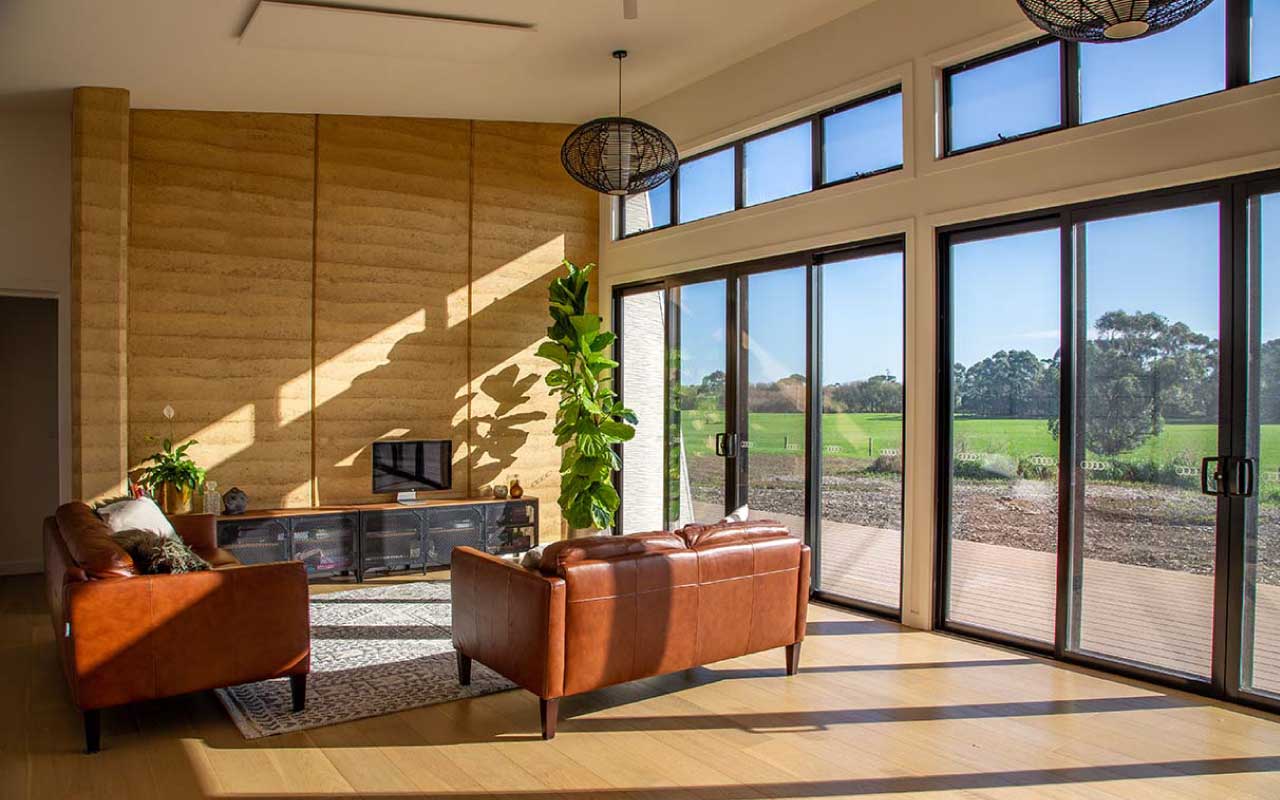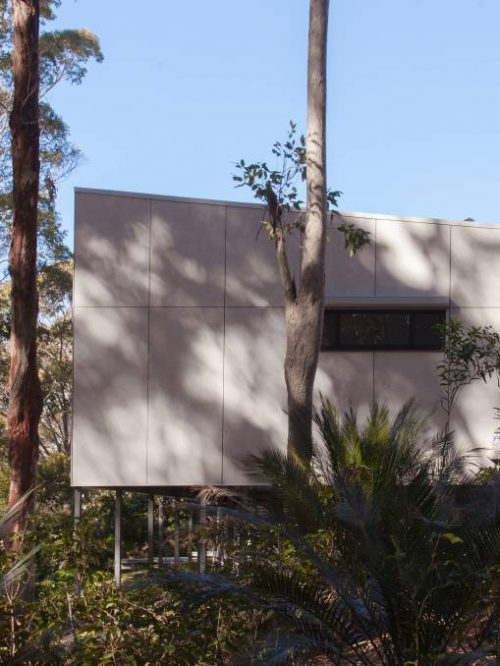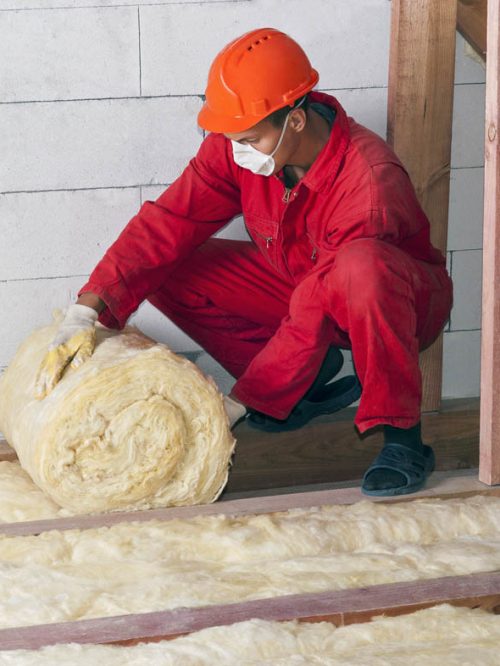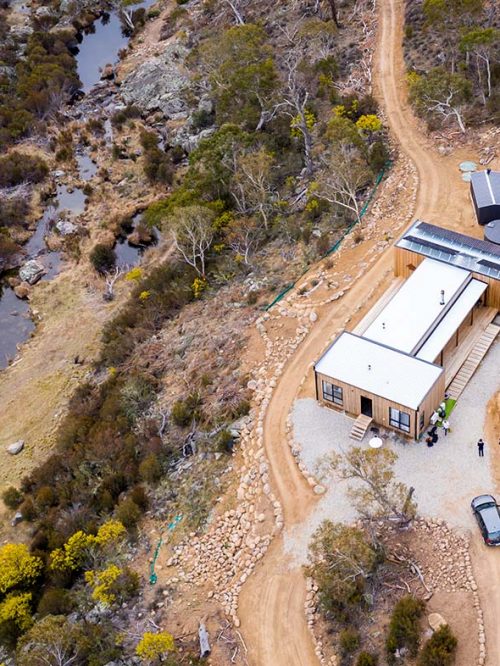Window type and placement is an essential factor for meeting BAL requirements and ensuring your home is as resistant as possible against future bushfires. Poorly planned or wrongly sized windows can increase your home’s risk of damage during a bushfire, and can also let in unwanted heat, or hamper the flow of fresh air into your home.
Construction requirements increase depending on the BAL rating and the level of risk, ranging from ember protection at the low BAL-levels to fire-rated construction at the highest. For windows, the requirements range from installing thicker toughened glass right through to to bushfire shutters or bushfire-approved window frames, depending on the BAL-level.
Australian hardwoods and uPVC meet many requirements at lower BAL levels, but only some timber species (see AS 3959–2018) will meet higher levels. Aluminium and steel frames meet most requirements for bushfire protection, but you will also want to consider thermal performance.
With careful design and the right material choices, windows and doors can be bushfire safe all the way to BAL-FZ level without the need for shutters. An example is the Bushfire Safe windows and doors, pictured, which use specialised glass to provide a protective shield against the radiant heat from bushfires.
It’s a good idea to check your building inspector will be comfortable signing off on whatever products you select, so make sure that your building designer confirms the window selection with the building inspector early on. Ensure windows requiring bushfire testing have been tested in accredited testing facilities and manufacturers/suppliers can supply full test reports.
What you need to know about window types
Windows no longer have to be a compromise between getting enough light and keeping the house at a comfortable temperature. Some types of glass can help make your windows more energy efficient.
Tinted or toned glass is coloured glass that acts like sunglasses to reduce the amount of heat and light entering your home.
Reflective glass has a coating that reflects heat and light away from the window. Double-glazed windows are window units with two panes of glass and a sealed air gap in between. These are far superior to single-glazed windows for insulating your home.
Low-emissive (low-e) glazing is a glass coating that blocks radiant heat transfer (heat waves given off by hot objects). It acts like a ‘heat mirror’, reflecting heat back into a room in winter, while letting sunlight in from outside.
Spectrally selective glazing allows some wavelengths of energy to pass through but reflects others; for example, it will transmit light but not heat. It is often used for warmer climates or west-facing windows when trying to minimise heat from the sun.
If you’re wondering whether the added cost of improved glazing is worthwhile, then consider this: compared to single-glazing, a double-glazed window could cut your heat loss in half.
To help you make the right choice, the Window Energy Rating scheme (WERS) rates the energy performance of windows and gives them a star rating according to their heating and cooling performance. Look for the WERS label when selecting a window and choose the window with the highest star rating for your climate and budget.
Exeter Ecoshift Home was the first project for owners and designers Jarrod and Anneleise — exploring the effectiveness of solar passive design. Learn more about the house at the Sustainable House Day website.
‘Design for Place’ house plans by YourHome were used to build Harmony House, which enjoys thermal comfort due to passive solar design. Learn more about the house at the Sustainable House Day website.
Window frames and thermal efficiency
Another important factor that affects your window performance and overall thermal efficiency of the home is the type of window frame you select. If your framing material is a heat conductor, it will let the heat in during summer and let the heat escape during winter. Unfortunately aluminium frames are very good conductors and dark-coloured frames in full sun can become hot to touch.
Examples of frames with good insulating qualities include timber frames (although these require regular maintenance and might not suit higher BAL-ratings), aluminium frames with thermal breaks, ‘combination’ frames that have aluminium on the outside and timber on the inside, and PVC frames.
You can find out more about window and frame selection in the Renew magazine Window and Film Buyers Guide., Consult an expert when planning windows for a bushfire-prone area.
Further information
The Australian Glass and Window Association has published a guide to windows and doors in bushfire prone areas, which includes information on window, screen and shutter requirements depending on the bushfire risk. Visit the Australian Glass and Window Association to download a copy.



